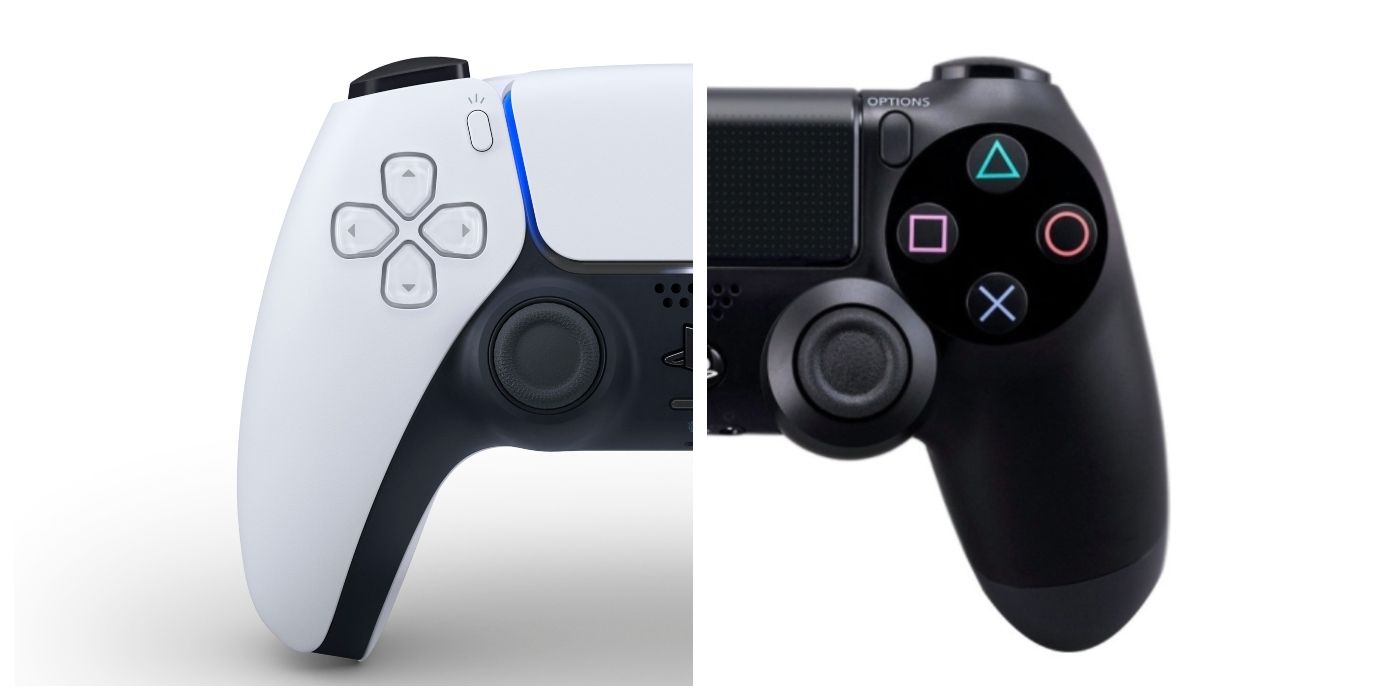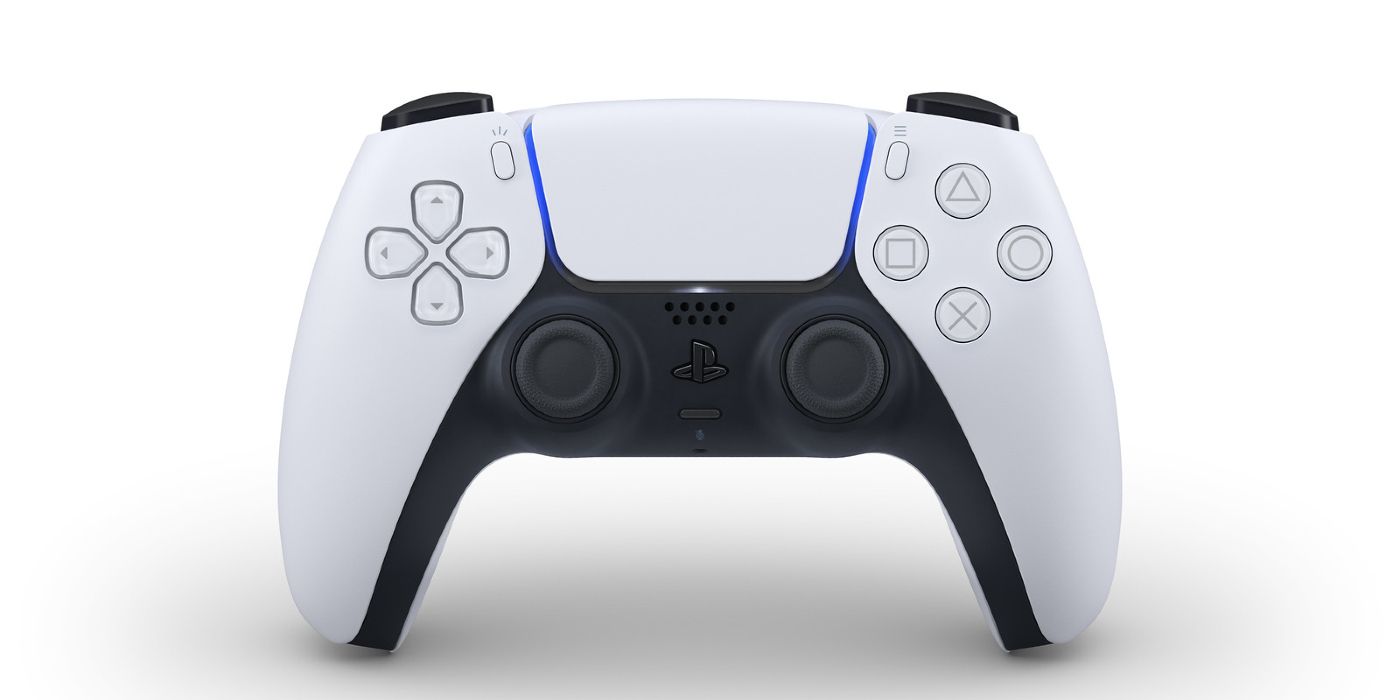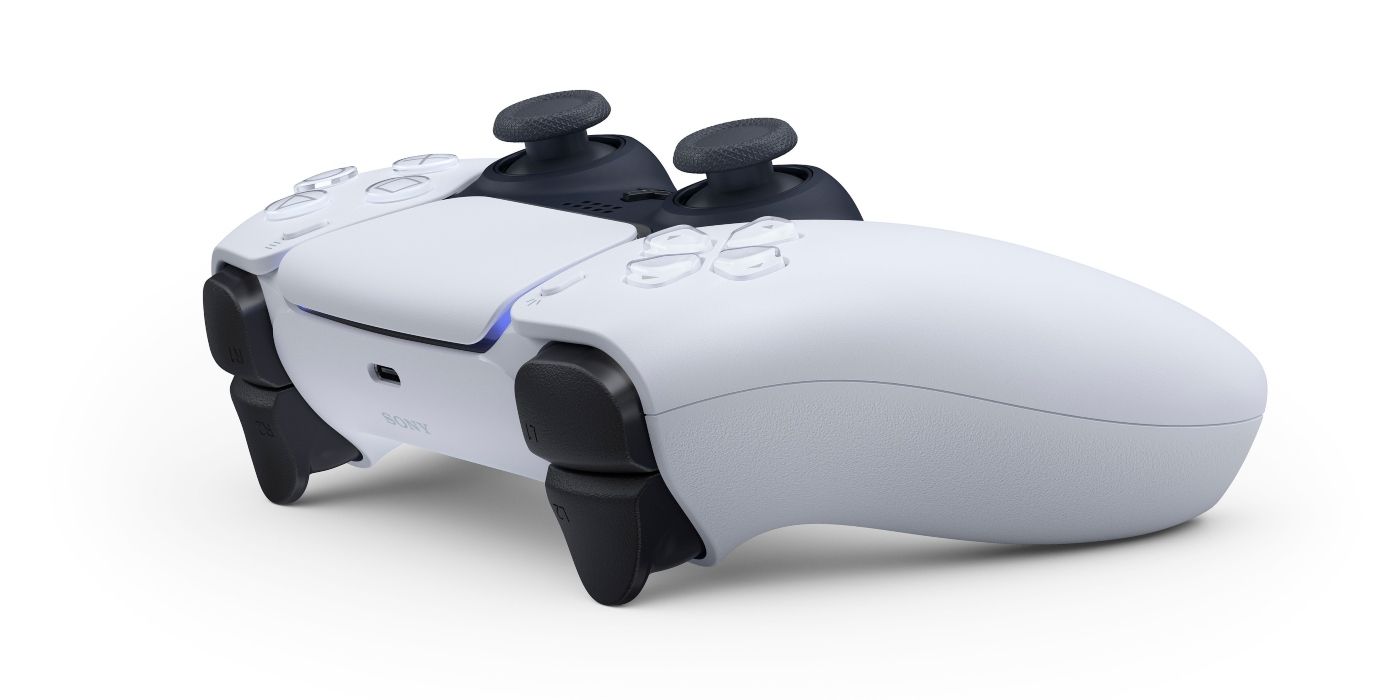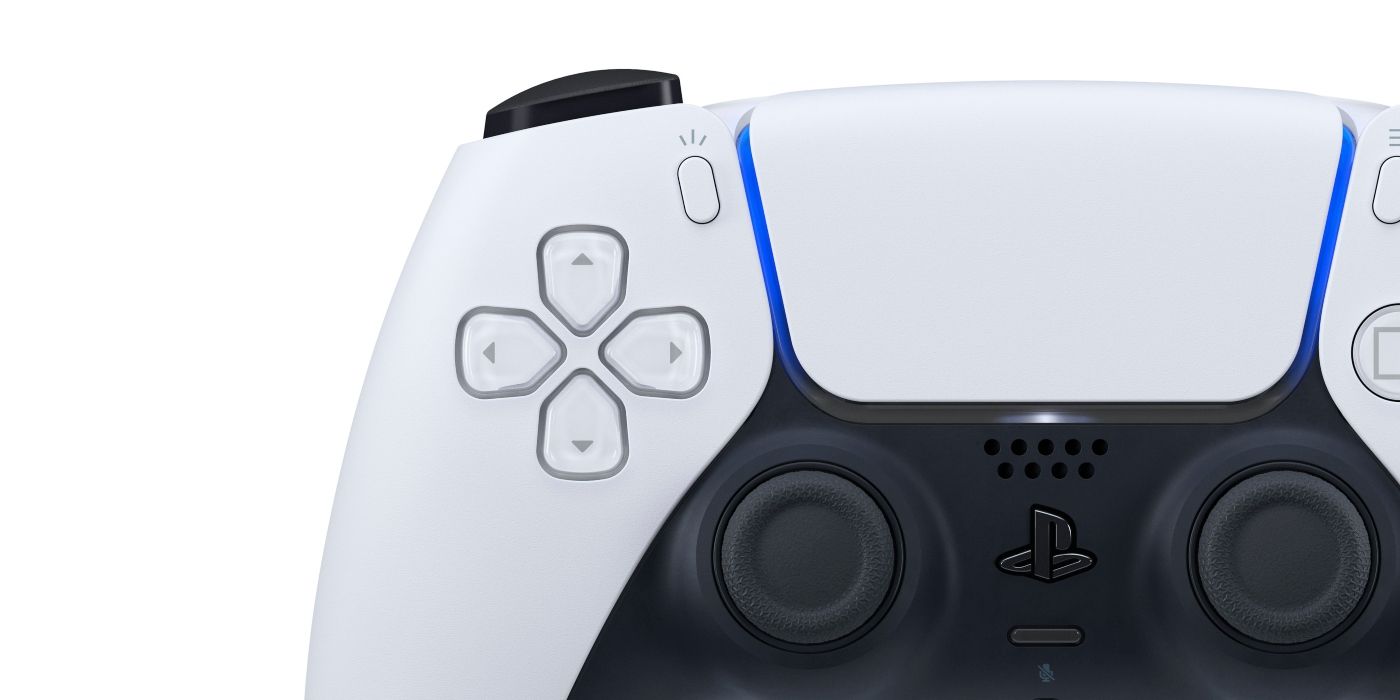Sony has finally revealed the controller for its PlayStation 5 console. Called DualSense, the PS5 controller makes a number of significant changes to traditional PlayStation DualShock controller designs, adding several improvements over the PS4 controller's hardware.
For some time, Sony refrained from giving PlayStation fans a look at any PS5 hardware at all. Everything known about the PS5, from hardware specs to backward compatibility details, came from press releases and announcements. The DualSense controller reveal changed that, finally showing fans the potential design sense of Sony's new console.
On the surface, the DualSense looks quite different than what previous PS5 controller details suggested. The controller reportedly looked pretty much the same as a DualShock 4, but the official reveal shows something with a much different profile. Here's how the new controller compares to the PS4's.
PS5 Controller: Larger, Two-Tone Design
The most obvious difference between the PS5's DualSense and the PS4's DualShock 4 is the shell. PlayStation controllers have traditionally been mono-colored (usually black), so the DualSense's two-tone style is a departure on Sony's part. The buttons also lose their usual color-coding, giving the controller a sleeker look. That sleekness is accentuated by the more ergonomic design. The DualSense has a more rounded overall profile than the DualShock 4, and it generally looks a lot like the Xbox One's controller. The DualSense's light bar has also moved from its place on the DualShock 4, sitting on either side of the TouchPad rather than on the top of the controller.
PS5 Controller: Battery Life, Adaptive Triggers, & Haptic Feedback
According to the PlayStation Blog post where Sony announced the DualSense, the controller's thicker design is in part due to the bulkier components tucked inside. The PS5 controller features adaptive triggers, which can provide varying levels of resistance depending on the in-game action. For example, if a player is pulling the trigger down to draw a bow, it might require more force than pulling the trigger of a gun. The DualSense also features haptic feedback tech, a kind of advanced rumble that supposedly allows players to more vividly feel specific textures, like the sensation of driving a car through mud.
While Sony did not say how long the controller's rechargeable (via USB-C, rather than PS4's Micro-USB) battery life would be, it noted that it "took thoughtful consideration into ways to maintain a strong battery life." According to Digital Trends, the DualShock 4's battery lasts around four to eight hours per charge. Sony's statement seems to indicate it's targeting a similar window for DualSense, but the added features could drain its battery more quickly. Finally, Sony said it has lessened the weight "as much as possible" while still keeping all the new features and "strong" battery.
PS5 Controller: Built-In Mic & "Create" Button
Unlike the DualShock 4, the DualSense features a built-in microphone. Sony said this will enable players to have quick chats with friends, though it still recommended using a headset for longer play sessions. Additionally, the DualSense replaces the DualShock 4's Share button with a new "Create" button. The company will provide further details about the Create button closer to the PS5's launch, but Sony's description seems to indicate it will function similarly to the Share button.
The PlayStation 5 will launch sometime in the 2020 holiday season.




